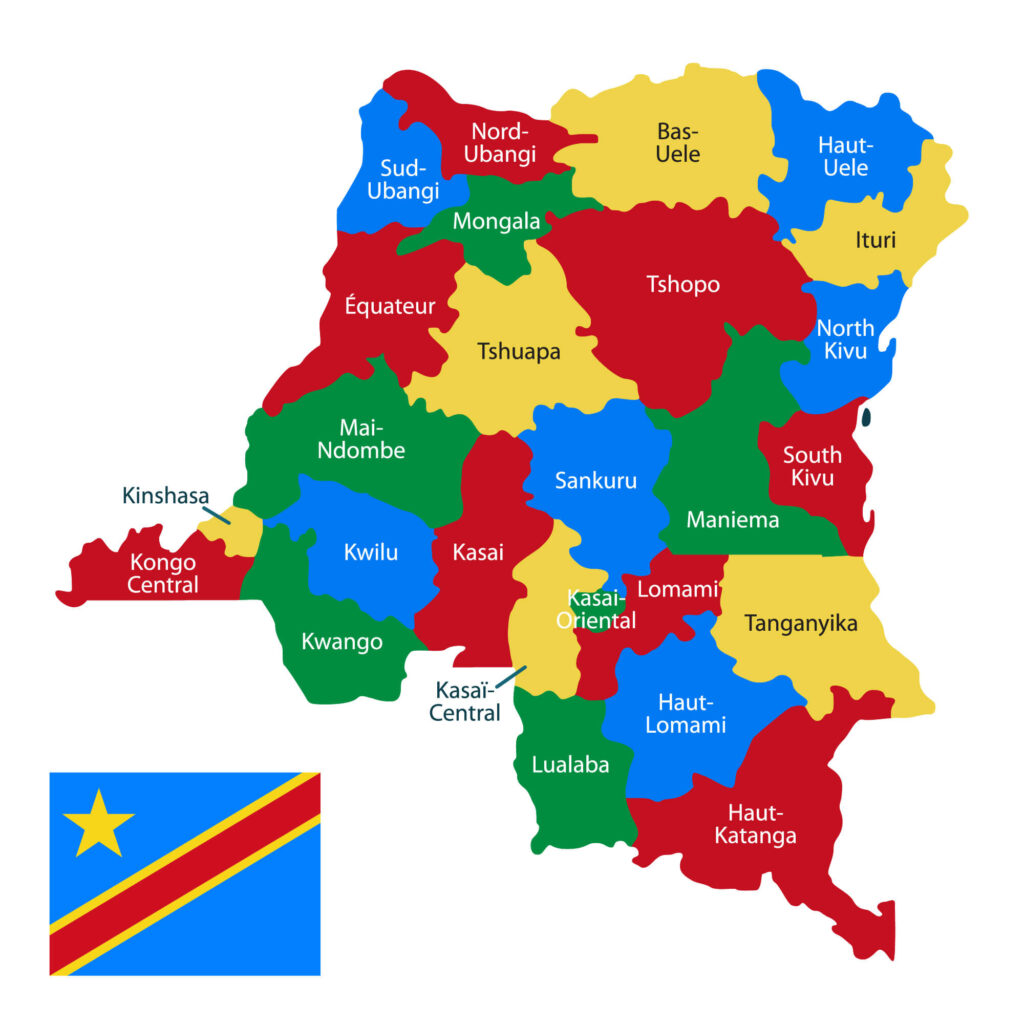ORIGINS
GREEN COFFEE SOLUTIONS
EXPLORE THE COUNTRIES IN AFRICA WE OUTSOURCE FROM
ANGOLA
Angola's coffee industry has a long history, with coffee production dating back to the 18th century. However, due to decades of civil war and political instability, the industry suffered a significant decline. In recent years, Angola has begun to revitalize its coffee sector and explore its potential for development and growth.
D.R. OF CONGO
Located in Central Africa, the DRC boasts an ideal climate and diverse geography, which provide favorable conditions for growing coffee. The volcanic soils, lush forests, and high-altitude landscapes contribute to the rich and flavorsome coffee produced in this region.
Angolan Robusta COFFEE characteristics
Robusta coffee from Angola possesses certain characteristics that distinguish it from others and make it unique. Here are some factors that contribute to its distinctiveness.
1. Climate and Environmental Conditions: Angola’s coffee-growing regions benefit from a specific climate and environment that enhances the coffee beans’ growth. The combination of ample sunlight, high altitudes, and adequate rainfall creates an ideal environment for robusta coffee cultivation.
2. Rich Flavor Profile: Angola’s robusta coffee is known for its bold, full-bodied flavor. It often exhibits earthy and woody notes, along with hints of chocolate or nuts. The flavor profile can vary depending on the specific growing region within Angola.
3. Unique Terroir: Terroir refers to the combination of soil, altitude, climate, and other environmental factors specific to a particular region. Angola’s robusta coffee benefits from its terroir, contributing to its distinctive taste and aroma.
4. Organic and Sustainable Production: Many robusta coffee growers in Angola prefer organic and sustainable farming practices. This commitment helps maintain the coffee’s natural flavors while ensuring environmentally friendly cultivation and production methods.
5. Natural Resistance: Angola’s robusta coffee often shows increased resistance to pests and diseases, reducing the need for pesticides or synthetic chemicals. This natural resilience contributes to the coffee’s distinct quality and purity.
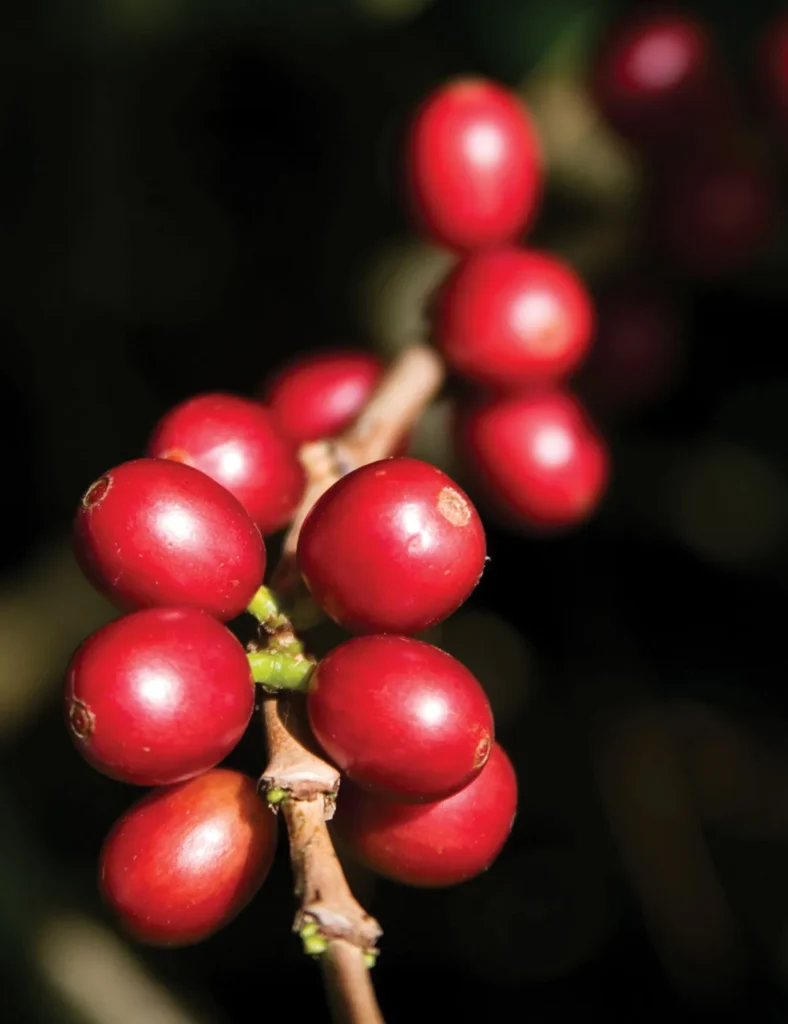
ANGOLAN COFFEE STANDARDS WE FOLLOW
Angola has established rigorous quality standards for its coffee industry to ensure the production of high-quality beans. The coffee quality standards in Angola encompass factors such as bean size, color, level of defects, moisture content, and taste profile. These standards help in maintaining consistency and guaranteeing that only the finest beans make it to the market.
Moreover, Angola follows a commercial coffee grade system that classifies the beans based on their shape and screen size.
This system includes grades such as (I) Extra, (II) Superior, (III) 1st Quality, (IV) 2nd Quality AA, (V) 2nd quality BB, (VI) 3d Quality CC and (VII) 3d Quality DD, where Extra being the largest and highest quality beans and DD representing the smallest and lowest quality beans.
By adhering to these quality standards and grade systems, Angola aims to uphold its reputation as a top-quality coffee producer in the global market.
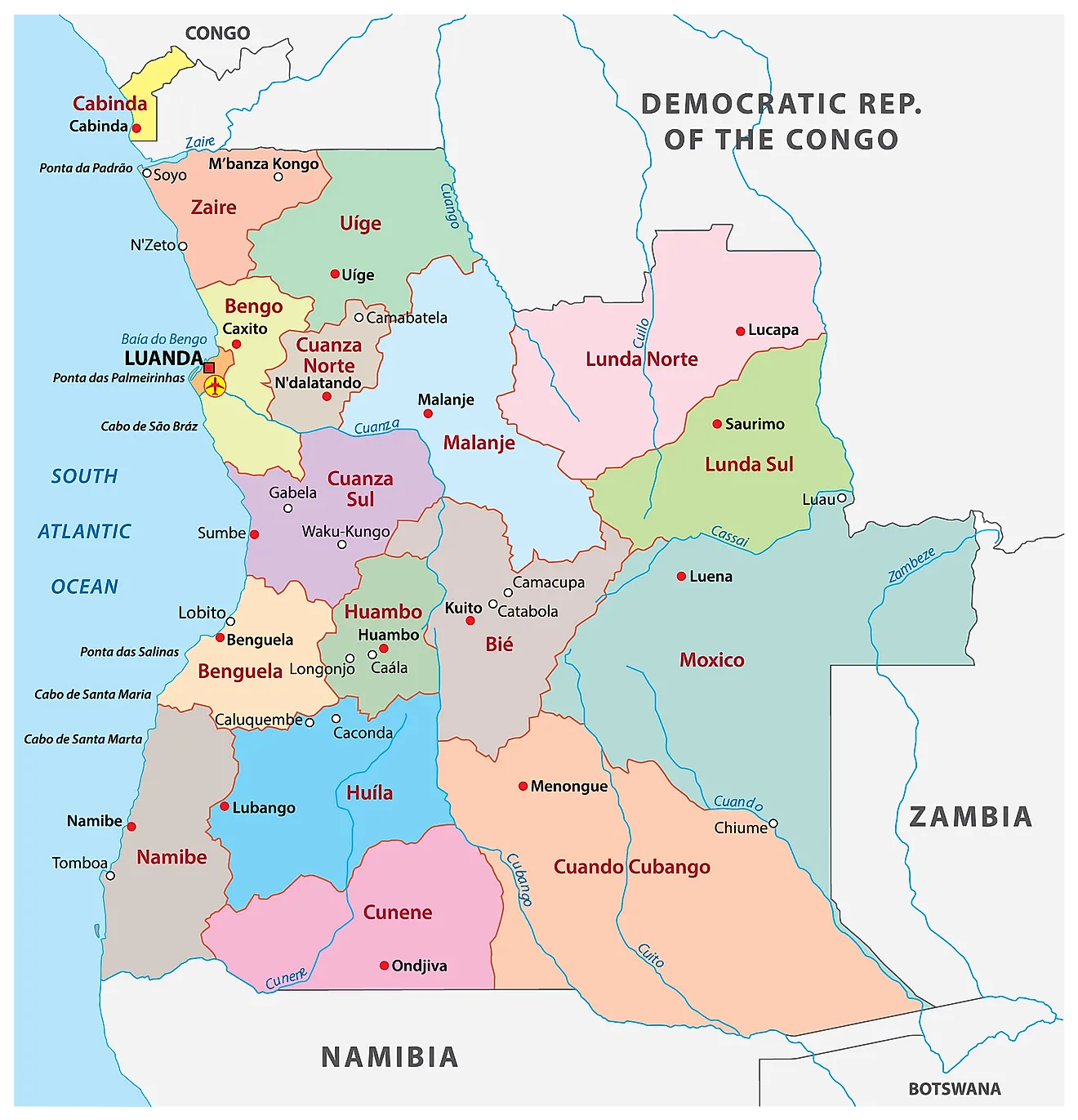
REGIONS IN ANGOLA WE OUTSOURCE FROM
Angola, as a country rich in natural resources, has a significant presence in the coffee industry. Although it may not be as widely recognized as other African coffee-producing regions, Angola has several main coffee regions that contribute to the country’s coffee production and export.
CUANZA SUL
Kwanza Sul is a province located in southern Angola. It is known for its rich cultural heritage, beautiful landscapes, and vibrant communities. The province’s capital city, Sumbe, is a major economic and administrative center, with a bustling market and a lively waterfront. Kwanza Sul is blessed with natural attractions such as pristine beaches along the Atlantic coast, majestic mountains covered in lush vegetation, and the stunning Kalandula Falls.
Kwanza Sul is a region with a long history of coffee production. The rich volcanic soil and mild climate of this region support the cultivation of high-quality coffee beans. Kwanza Sul’s coffee beans are recognized for their balanced flavor profile, often exhibiting notes of chocolate, citrus, and floral undertones.
CUANZA NORTE
Kwanza Norte is a province located in north-central Angola and is known for its vast agricultural resources, including fertile land suitable for farming and the production of various crops such as coffee, maize, and palm oil. Kwanza Norte is also rich in cultural heritage, with a diverse population that consists of various ethnic groups, contributing to a vibrant mix of traditions and customs.
The region’s favorable climate and fertile soil contribute to the production of coffee with distinctive flavors. The coffee from Cuanza Norte is often characterized by its fruity and floral notes, with a medium to high acidity level.
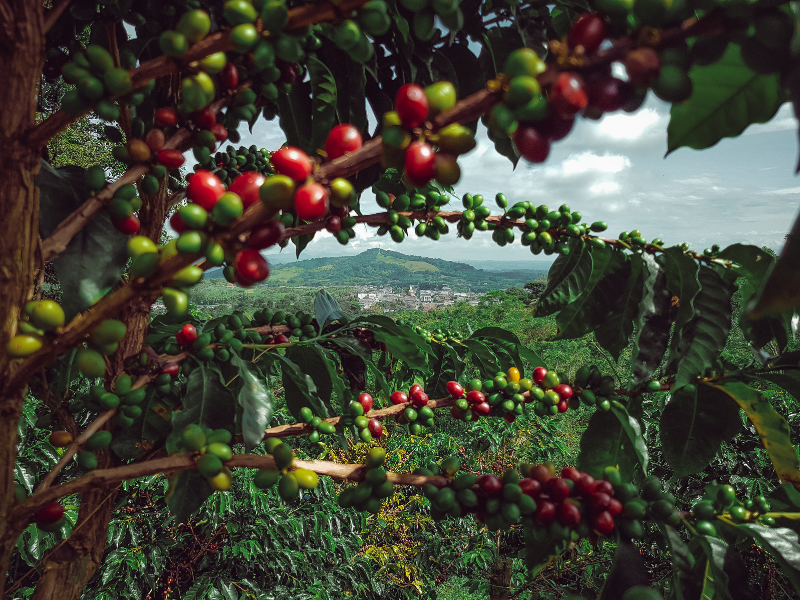
UÍGE
Uíge Province, situated in northwestern Angola, is known for its breathtaking landscapes, including rolling hills, lush forests, and expansive fertile plains. The province is inhabited by various ethnic groups, including the Bakongo, the Mbundu, and the Ovimbundu, each contributing to the vibrant cultural tapestry of Uige. Uige is also home to fascinating historical sites, including the ruins of the Sao Salvador da Congo fortress, which serve as a reminder of Angola’s colonial past.
Uíge benefits from the region’s tropical climate and rich volcanic soil, which result in the production of coffee beans with a deep and complex flavor profile. The coffee from Uíge often exhibits notes of chocolate, caramel, and roasted nuts.
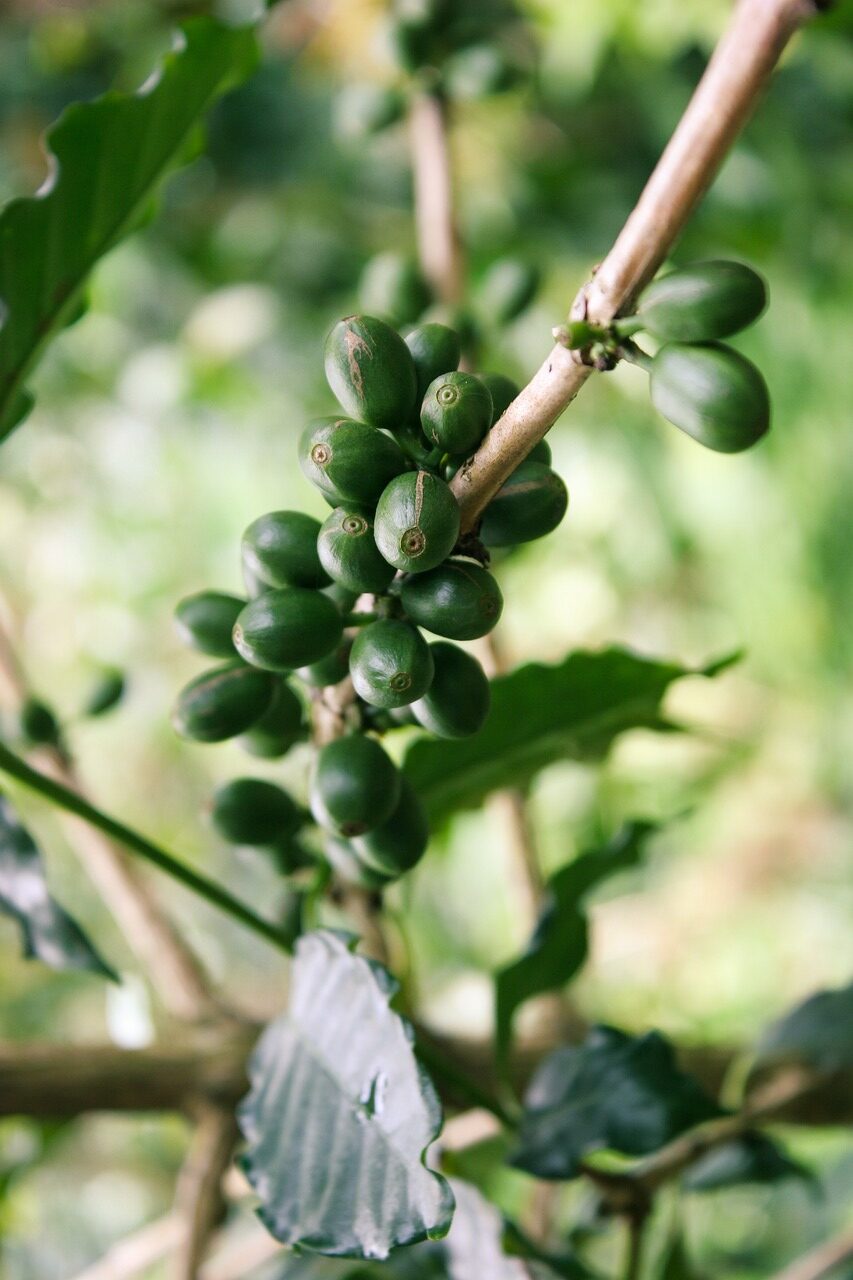
Angola, known for its diverse and rich coffee regions, has a fascinating history in the coffee industry.
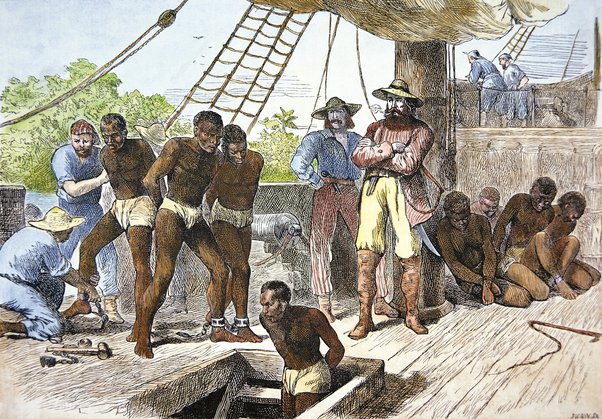
COLONIAL TIMES
The history of coffee in Angola dates back to the colonial era, during which coffee production played a significant role in the country’s economic development. Portuguese settlers introduced coffee cultivation in the late 18th century, primarily in the provinces of Benguela and Cuanza Norte. The coffee industry significantly contributed to the overall economy of Angola during colonial times. It accounted for a substantial portion of export revenue, supporting infrastructure development and providing employment opportunities. Over time, Angola emerged as one of Africa’s largest coffee producers.
However, the coffee industry during colonial times was built on an exploitative labor system. Both forced labor and indentured servitude were prevalent on the coffee plantations. Indigenous Angolan workers, forcibly recruited or contracted under harsh conditions, faced low wages, inadequate living conditions, and long working hours.
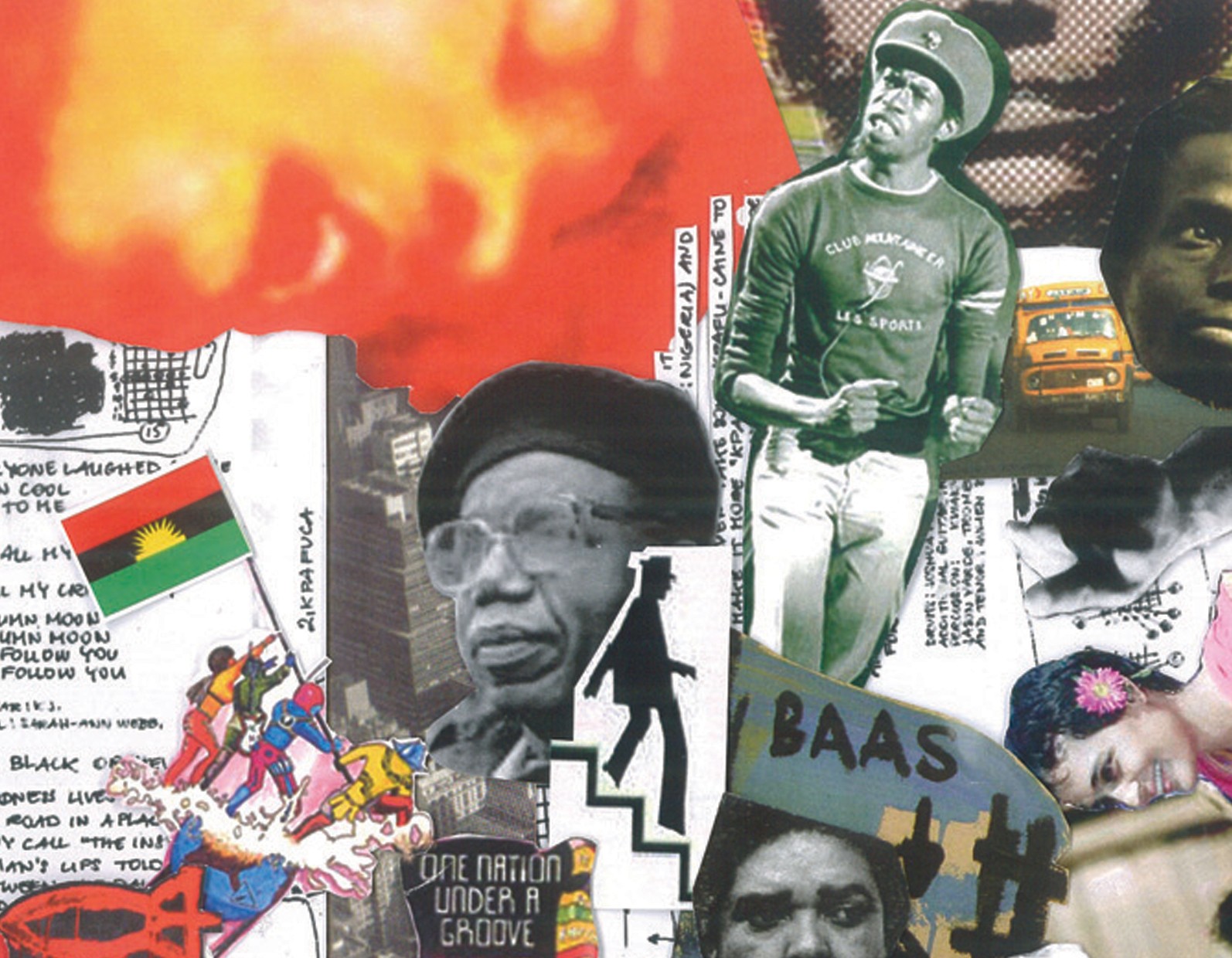
ANGOLAN CIVIL WAR
The coffee industry in Angola experienced a decline after World War II due to various factors including economic changes, global coffee market fluctuations, and followed by the independence movement in Angola.
During the revolution, many coffee plantations were abandoned or destroyed due to the conflict between the People’s Movement for the Liberation of Angola (MPLA) and the National Union for the Total Independence of Angola (UNITA). The infrastructure required for coffee production, such as processing facilities and transportation systems, also deteriorated.
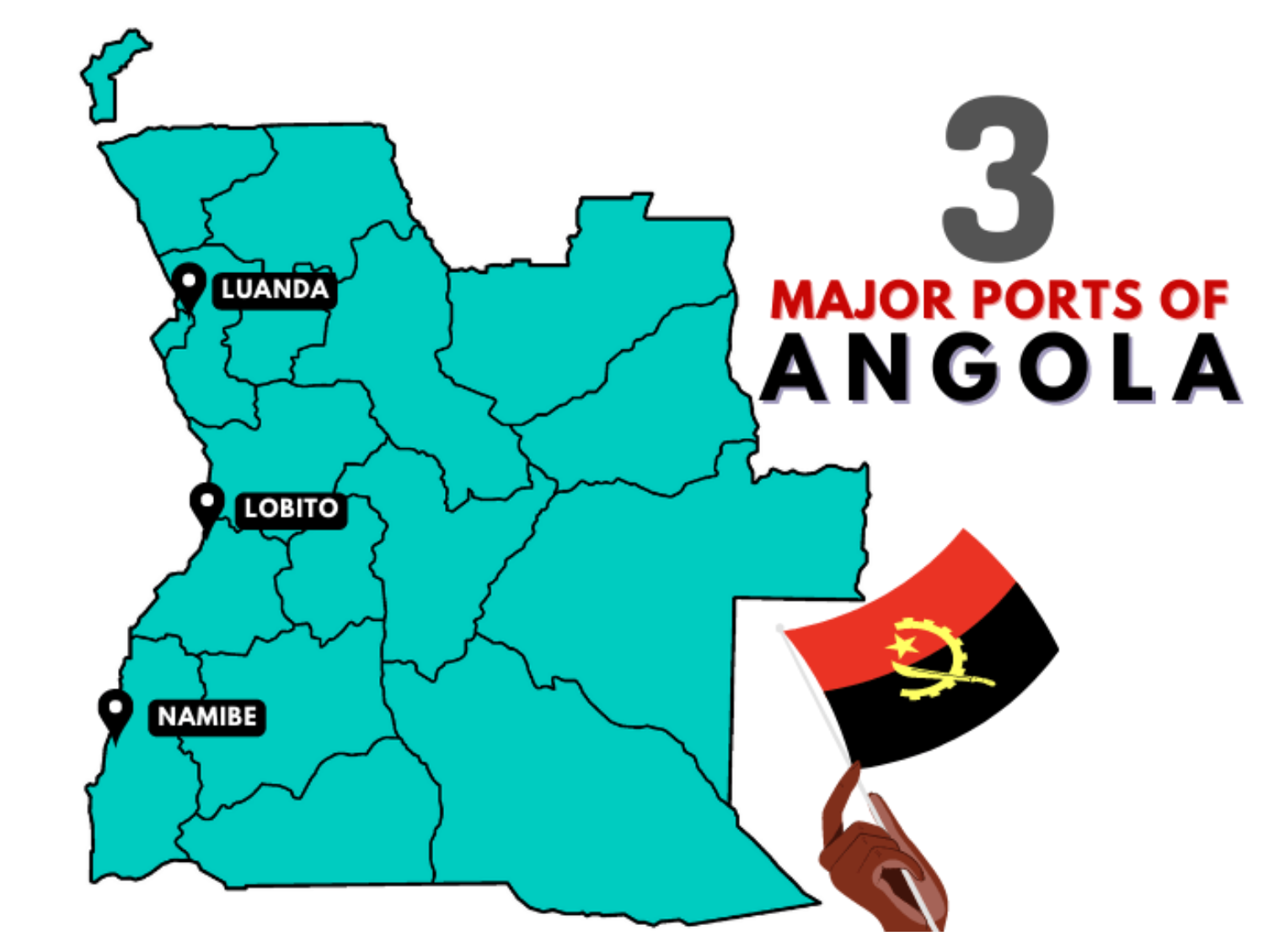
NOWADAYS
Today, the coffee industry in Angola is gradually recovering. Private and foreign investments are being made to revitalize the sector, focusing on improving production techniques, introducing specialty coffee varieties, and increasing export capacity. While the industry is still relatively small compared to other coffee-producing countries, Angola’s potential for high-quality coffee production is being recognized once again.
At Southern Coffee Comércio, we are passionate about supporting the Angolan coffee industry’s resurgence. By sourcing coffee directly from local farmers and cooperatives, we contribute to the growth of the sector and promote sustainable farming practices.
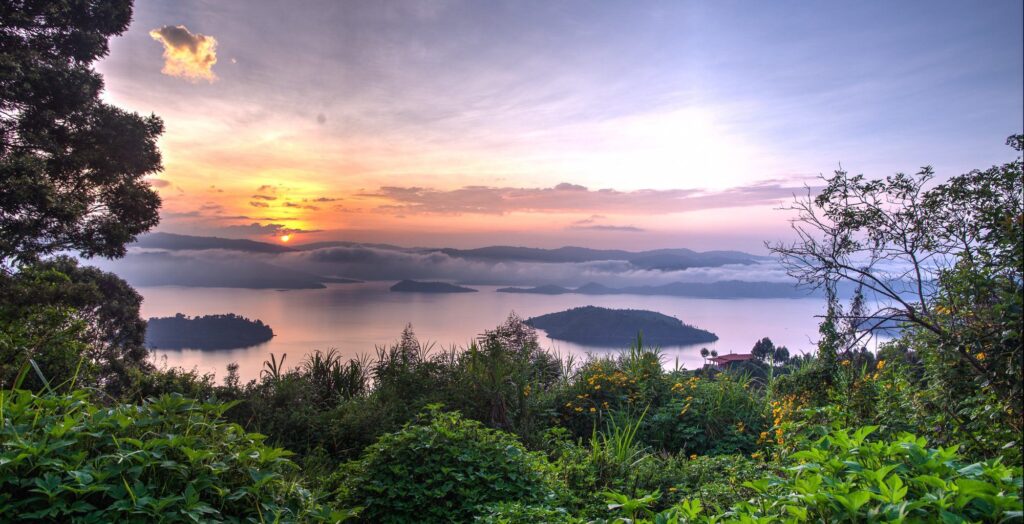
DEMOCRATIC REPUBLIC OF CONGO (DRC)
The coffee industry in the Democratic Republic of Congo (DRC) plays a significant role in the country’s economy. Coffee production has a long history in the DRC, dating back to the colonial era. However, years of political instability and conflict have heavily impacted the industry.
ONAPAC IN D. R. OF CONGO
As part of our commitment to delivering quality assured green coffee beans, we have formed a strategic partnership with ONAPAC.
ONAPAC (Office National des Produits Agricoles du Congo) is the National Office of Agricultural Products in the Democratic Republic of the Congo. It is responsible for the regulation and promotion of agricultural products, including coffee, in the country. ONAPAC is the leading authority in the DRC’s coffee industry, ensuring the production, processing, and exportation of green coffee beans that meets international standards.
- Obtain necessary documentation
- Quality control and grading
- Packaging and labeling
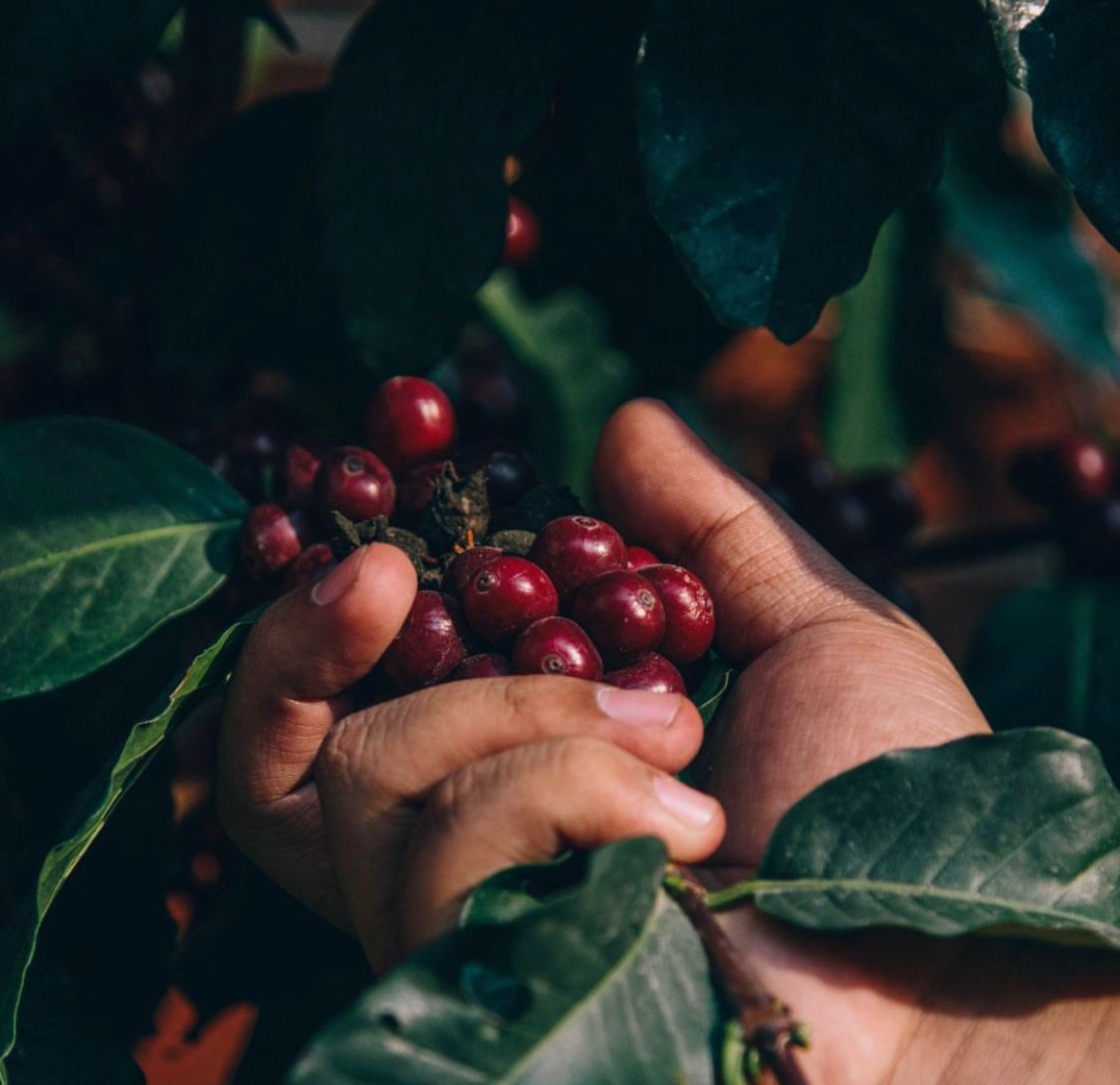
REGIONS IN DRC WE OUTSOURCE FROM
The Democratic Republic of Congo is known for its rich coffee production, particularly in the following three main coffee growing regions.
KIVU: Located in the eastern part of the DRC, the Kivu region is known for producing high-quality Arabica coffee. The coffee from this region is characterized by its medium body, bright acidity, and floral and fruity flavor notes. It often exhibits hints of citrus, berry, and chocolate.
ITURI: Situated in the northeastern part of the DRC, the Ituri region produces predominantly Arabica coffee. The coffee grown in Ituri tends to have a medium body, with a mellow acidity and a sweet, caramel-like flavor profile.
CONGO CENTRAL: Located in the western part of the DRC, the Congo Central region is known for its Robusta coffee production. Robusta coffee from this region is characterized by its full body, low acidity, and strong flavor. It often exhibits bold, earthy notes with hints of dark chocolate and spices.
